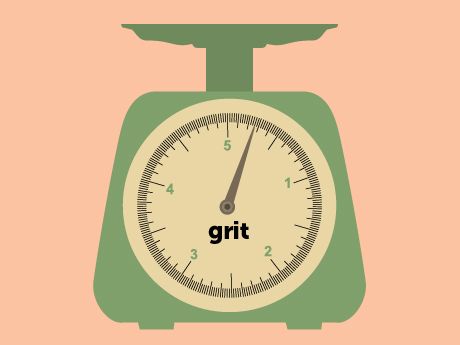


It is expected that this scale might serve as a beneficial tool for teachers to collect information about elementary school students’ attitudes towards science, and as an alternative attitude scale for researchers. The reliability coefficient (Cronbach-Alpha) for the whole scale was calculated as. Finally, the scale consisted of 26 items was gathered under a one factor for elementary school students. The construct validity of the scale was examined by exploratory factor analysis and confirmatory factor analysis. The Turkish version of the scale was administered to total of 1013 elementary school students in Bartın and Düzce. Herewith, translation and cross-language validity of the scale was completed. The results obtained from these stages indicated that the Turkish translation of the scale closely approximated to the original English scale. Once the scale took its final form, an English language expert translated the items of the scale from Turkish to English. The linguistic equivalence of the scale was examined by referring to the views of English and Turkish language experts. Then, the items of the scale were translated into Turkish by researchers. First, permission was sought from the developers of the scale. The original version of the scale was composed of 30 items gathered under a one factor structure. The purpose of this study is to adapt “Science Attitude Scale-SAS”, developed by Wang & Berlin (2010), to Turkish, and investigate the validity and reliability of the Turkish version of the scale. If you are a registered author of this item, you may also want to check the "citations" tab in your RePEc Author Service profile, as there may be some citations waiting for confirmation.įor technical questions regarding this item, or to correct its authors, title, abstract, bibliographic or download information, contact: Shamil Abdulaev or Shamil Abdulaev (email available below).


If you know of missing items citing this one, you can help us creating those links by adding the relevant references in the same way as above, for each refering item. You can help adding them by using this form. We have no bibliographic references for this item. It also allows you to accept potential citations to this item that we are uncertain about. This allows to link your profile to this item. If you have authored this item and are not yet registered with RePEc, we encourage you to do it here. See general information about how to correct material in RePEc.įor technical questions regarding this item, or to correct its authors, title, abstract, bibliographic or download information, contact. When requesting a correction, please mention this item's handle: RePEc:hig:wpaper:24psy2014. You can help correct errors and omissions. All material on this site has been provided by the respective publishers and authors.


 0 kommentar(er)
0 kommentar(er)
